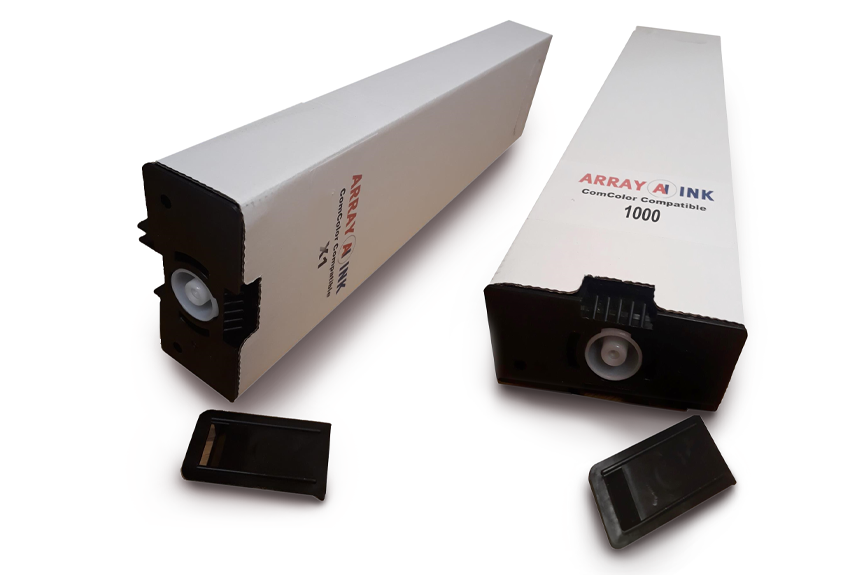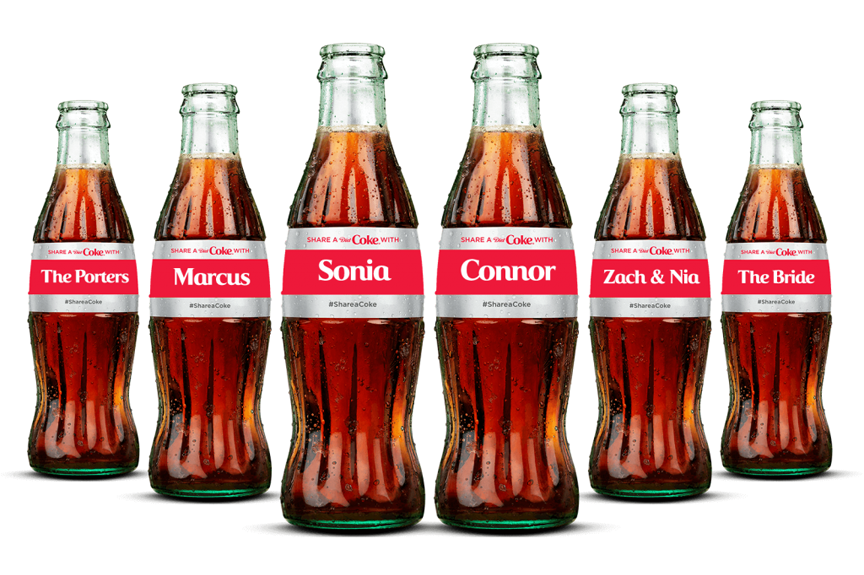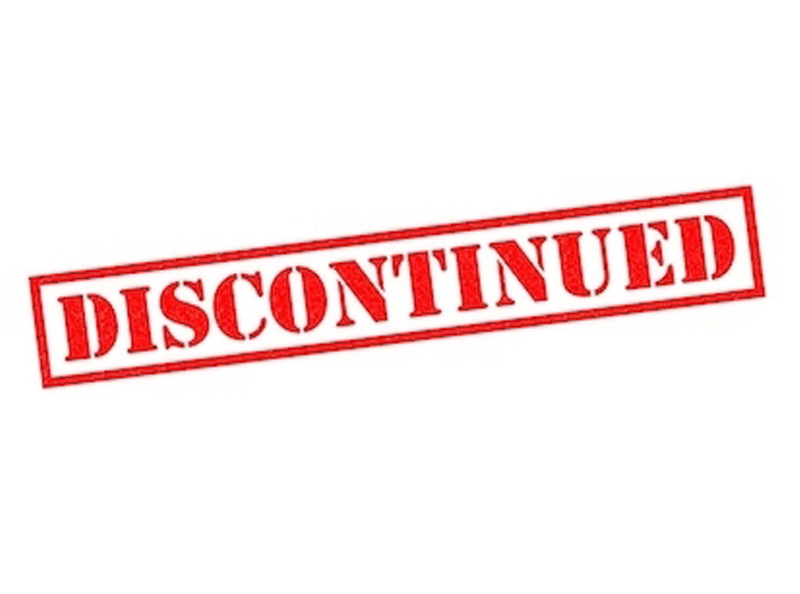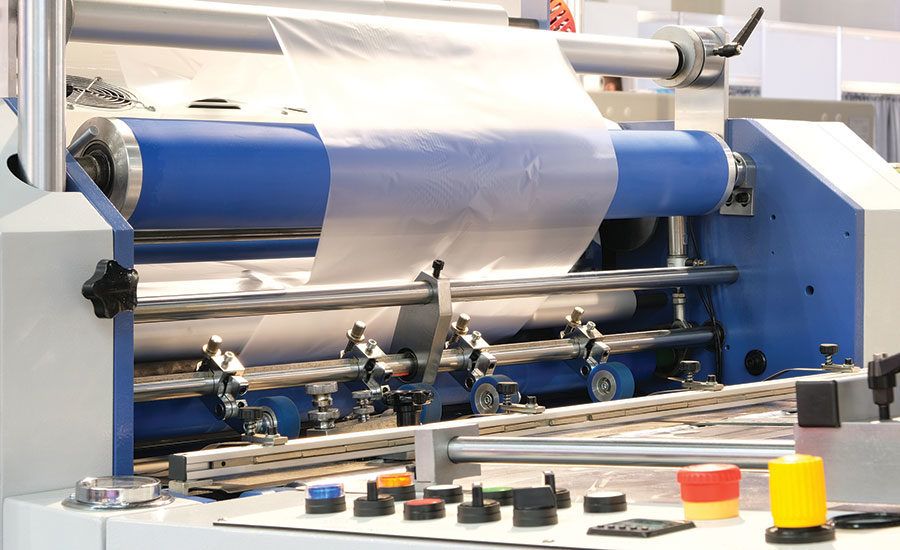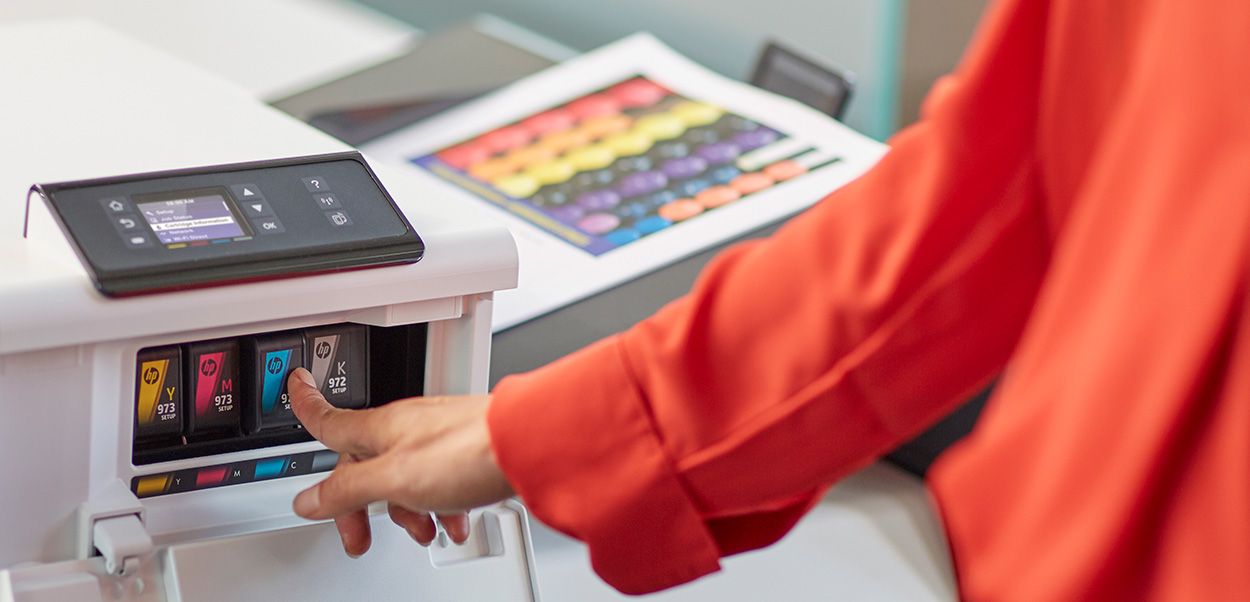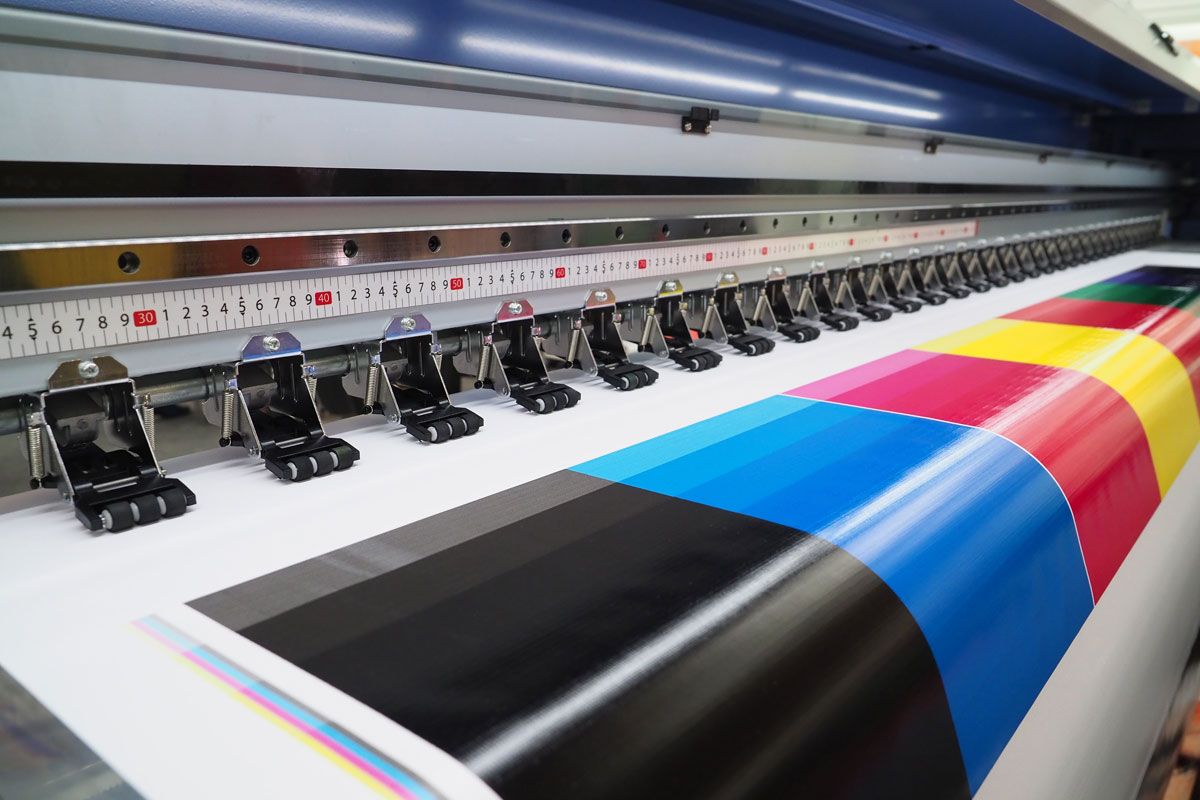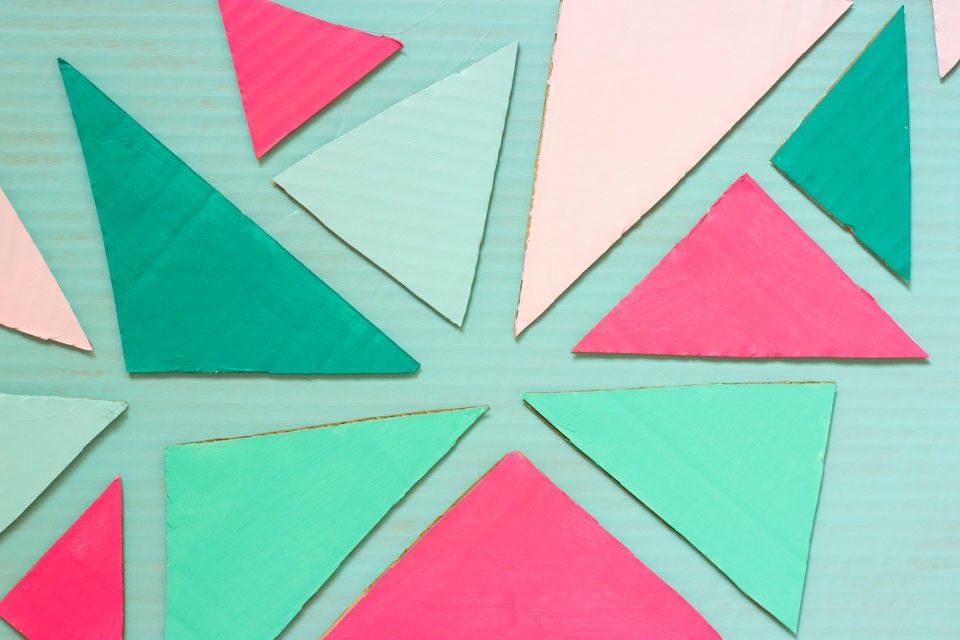
For many consumers, shopping is an experience, not just a chore. The sights, sounds, and smells of the typical shopping experience excite these customers. To compete with e-commerce, today’s owners of brick-and-mortar stores are embracing what author George Ritzer describes as “retailtainment,” in his book, Enchanting a Disenchanted World: Revolutionizing the Means of Consumption.
Wary Consumers Turning to E-commerce in 2020
Online shopping jumped in the “new normal” of the Covid-19 pandemic as stores shuttered during the lockdown period. Despite stores slowly reopening, e-commerce has continued to show strong year-over-year results—Digital Commerce 360 reports e-commerce sales are up 55% in July 2020 compared to the previous year.
Now e-tailers must compete for consumers with more than the ease of click-and-buy. Savvy e-commerce stores know the value of the shopping experience for brand positioning. They have created packaging that fuels millennials to post their #unboxing experiences. For online brands, that’s a marketing opportunity in the form of free advertising.
Here are 5 ways to use inkjet printing and inkjet inks to create packaging that delights or engages customers and creates promotional opportunities:
5 Ways to Improve Brand Positioning with Inkjet Printed Cardboard Packaging
Certain inks used for inkjet printing effectively support improved brand marketing when they are applied to the primary packaging of products, or to the secondary packaging that parcel services like UPS or FedEx deliver to customers and leave on their doorstep.
1 – Add a Special Look and Feel
The Look of Embossing
Inkjet printers can achieve an embossing effect on cardboard surfaces affordably by controlling the amount of UV-curable inkjet ink applied to their primary packaging. These inks also offer the benefit of a fast curing process with ultraviolet light. This means packaging designers and brand managers don’t need to build in extra time and cost for having a die-cut stamp created, plus the converter needed to apply the effect.
This embossing technique can be used on the outside of the corrugated packaging, or on special messaging inside the box. Since digital printing supports variable data, brands can offer more personalized raised lettering featuring the customer’s name.
The Look of Condensation
Raised UV-curable ink can be used for unique designs that realistically create the impression of droplets of liquid or condensation on cardboard materials.Companies offering rain gear or food and beverage products packaged in cardboard could print primary packaging with a more visual and tactile experience that aligns with the brand promise.
The Leather Look
Online retailers of high-end, fine leather goods can recreate the look of raised features for different types of leather on corrugated packaging and cardboard shipping boxes.
This makes the leather textures of the actual handbags, belts, or shoes inside the package even more memorable when the customer opens the secondary packaging and feels the real thing.
2 – Offer Unique Messaging with Mystery
Passports and pharmaceutical products have long incorporated invisible ink for added security that offers protection from counterfeiting. Any online brand can use similar inks to create “secret” personalized messaging on its packaging. With the right marketing campaign strategy, a company could leverage the capabilities of invisible ink to generate significant buzz on social media when their customers reveal their hidden message on their packaging.
It’s not only plausible, but it’s also been done: in 2017, outdoor retailer L.L. Bean published an ad in the New York Times that used invisible ink. Thanks to the unique properties of the ink used in their campaign, the brand’s new tagline “Be an Outsider” could only be read outdoors in sunlight.
3 – Create Visual Experiences with Heat-Activated Inks
thermochromic heat-activated inkjet inkThermochromic ink changes colour when exposed to a certain level of heat. Inks can change from colourless to colourful, or the opposite. The effect can be permanent or reversible. The ink is often used to conceal an underlying image or message on product packaging. Like invisible ink, consumers engage more with the packaging if there is a surprise they are expecting.
These features create marketing opportunities for the right brand. A well-known example of this is the Coors Light campaign that featured bottles with labels that changed colour based on whether the beverage was cold or warm; the campaign was so successful when it was introduced in 2009 that the company still uses thermochromic ink to print labels on their bottles today.
4 – Recreate the “Soft-Feel” Texture
samples of velvet textiles fabricsAlmost everyone loves to touch things – often when there is a sign screaming “Do not touch.” The soft feel of suede or velvet can be replicated on cardboard materials when using the right inkjet inks. Certain inks offer industrial printers the ability to use this effect to align corrugated packaging with brand messaging and the customer experience. Printing with black, deep blue, or velvet inks create an emotional appeal for customers purchasing luxury items such as fine chocolate, makeup, perfumes, or intimate apparel.
5 – Make Your Packaging Shine
Clear Coating for Natural Shine Effects
Depending on the packaging substrate, the inks used for printing on the package may shine naturally with a high gloss. Colours can be further enhanced by selectively printing a clear-coat ink following the initial phase of printing. Customers would see a difference on the glossy cardboard surface. The effect can be further enhanced when there is a greater difference in the sheen of the ink fluids.
Inks That Look Like Metal
For the right brand, adding metallic accents on cardboard packaging sets the product apart from competitors. A little bit of shine goes a long way. Metallic inks contain small particles of metals – copper, aluminium, zinc, and bronze. Gold and silver are less common because of the higher cost of precious metals.
Metallic inkjet inks are more cost-effective per square inch than foil stamping, a more traditional method that is often applied as a secondary step. And while foil stamping uses heat, pressure, and dies to adhere a foil to the surface, inkjet printing never touches the packaging surface, so there is no chance of damaging the cardboard surface as a result of stamping.
Label Alternatives to Printing On Cardboard
Even if printing directly onto primary packaging is not a cost-effective option, some of the inks and printing techniques described above can instead be used to print on labels. The variety of label sizes available for cardboard packaging makes it possible to deliver a unique, compelling, and branded experience for your customers, regardless of how large or small the packaged product may be.
The material that labels are made of open up additional opportunities to impress customers with creative labelled packaging. For example, a metallic label could feature contrasting soft-feel printing.
Paper Labels
This affordable facestock offers many opportunities to incorporate inkjet printing effects. It offers good ink adhesion and is more environmentally friendly compared to film labels. The material can have a natural texture, and they come in an array of colours:
White and coloured labels – These labels are utility players that can be customized to achieve the brand experience. They are available in glossy and matte finishes.
Metallic finish – Offer a striking first impression when combined with special effects, especially when using inkjet printing systems.
Brown Kraft – The natural, earthy look of these labels is especially suited for brands wanting to convey eco-friendly brand messaging.
Films
These synthetic labels are more costly than labels made with traditional paper facestock. The greater durability of films makes them more suitable for secondary packaging, or for food subscription packaging that may endure exposure to moisture generated by colder items or packaging.
White and other colours – Just like paper facestock, the choice of colours offers a range of possibilities to match brand identity. Clear – Combined with the right box, clear labels offer the look of direct printing on the packaging.
Different Label Shapes
Round or square are not the only form options for labels on primary cardboard packaging. For some additional cost, labels can be die-cut into unique shapes for a customized look. Inkjet inks can then be used creatively in tandem with the unique shape to produce a more interesting product label that supports branding.
The Bottom Line: Packaging Inks + Creativity = Great Brand Experiences
With today’s fast-growing number of E-commerce companies and subscription services, creating an experience for the customer throughout the buyer journey is essential for standing out among a sea of competitors. Marrying the product packaging to the brand helps the customer connect. A great product in plain packaging falls flat, while the same product in great packaging delivers a sharable #unboxing experience that builds a following and helps brands thrive.

